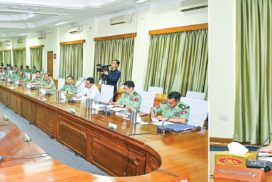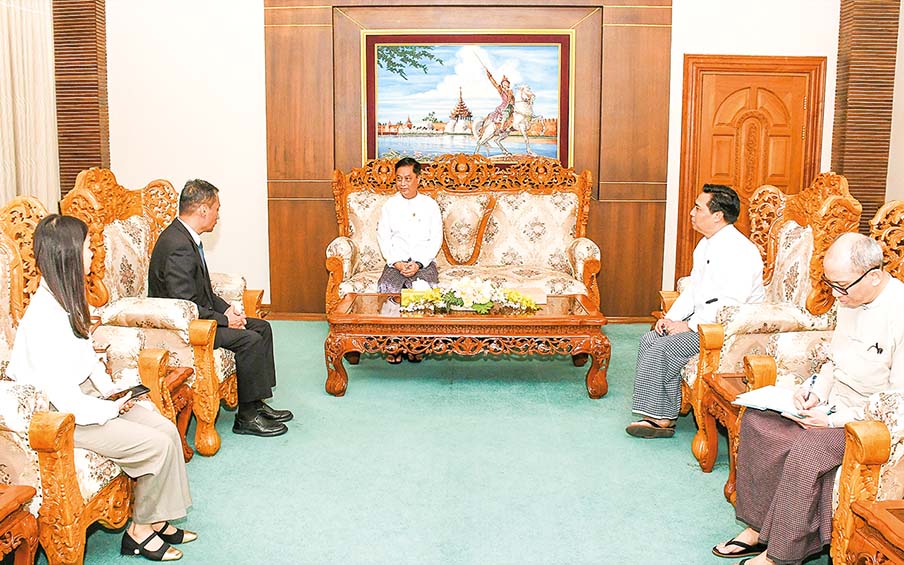According to a survey on urbanization, the population in Myanmar’s cities and towns is expected to increase from 15.4 million, or 30 per cent of the country’s total population, in 2014 to 20 million in 2030.
Hence, this situation has demanded an expansion of urban areas by formulating a modern urbanization plan.
Under the plan, smart city projects are being implemented in three big cities: Nay Pyi Taw, Yangon, and Mandalay. The New Yangon City Project being implemented in the area of Twantay, Kyimyindine and Seikkyi Kanaungto in the south-western part of Yangon is estimated to be developed into a megacity in the next ten years.
With a step to complete the remaining land issues in the project, Yangon Region Administration Council expressed its commitment to the successful completion of the project yesterday.
With a step to complete the remaining land issues in the project, Yangon Region Administration Council expressed its commitment to the successful completion of the project yesterday.
At the meeting on the project, the council’s Chairman U Hla Soe stressed the need to complete a few land issues that remained to be finished in the project.
Yangon’s population density was 310 people per sq. km in 1973, 387 people per sq. km in 1983, and was 716 people per sq. km in 2014. The population of Yangon is estimated to reach ten million people in the next ten years.
With its urban management plan, the New Yangon City Project comes as an opportunity to shape the Yangon Region for sustainable growth and for poverty reduction.
Myanmar is still in an early phase of urbanization. With the megacities projects in big cities Nay Pyi Taw, Yangon and Mandalay, we are confident that our people would enjoy the benefits of the urban management, public services and dwelling, and safety of the people in a rapidly changing environment.
Like Myanmar, other countries in the world are also facing problems caused by insufficient urban infrastructures, such as water supply, electricity, roads, drainage, and garbage systems. Squatting and unsystematic expansion of urban areas are especially putting people at risk of natural disasters.
Our country’s infrastructure development projects, including New Yangon City Project, is key to dealing with the growing population and creating jobs.














